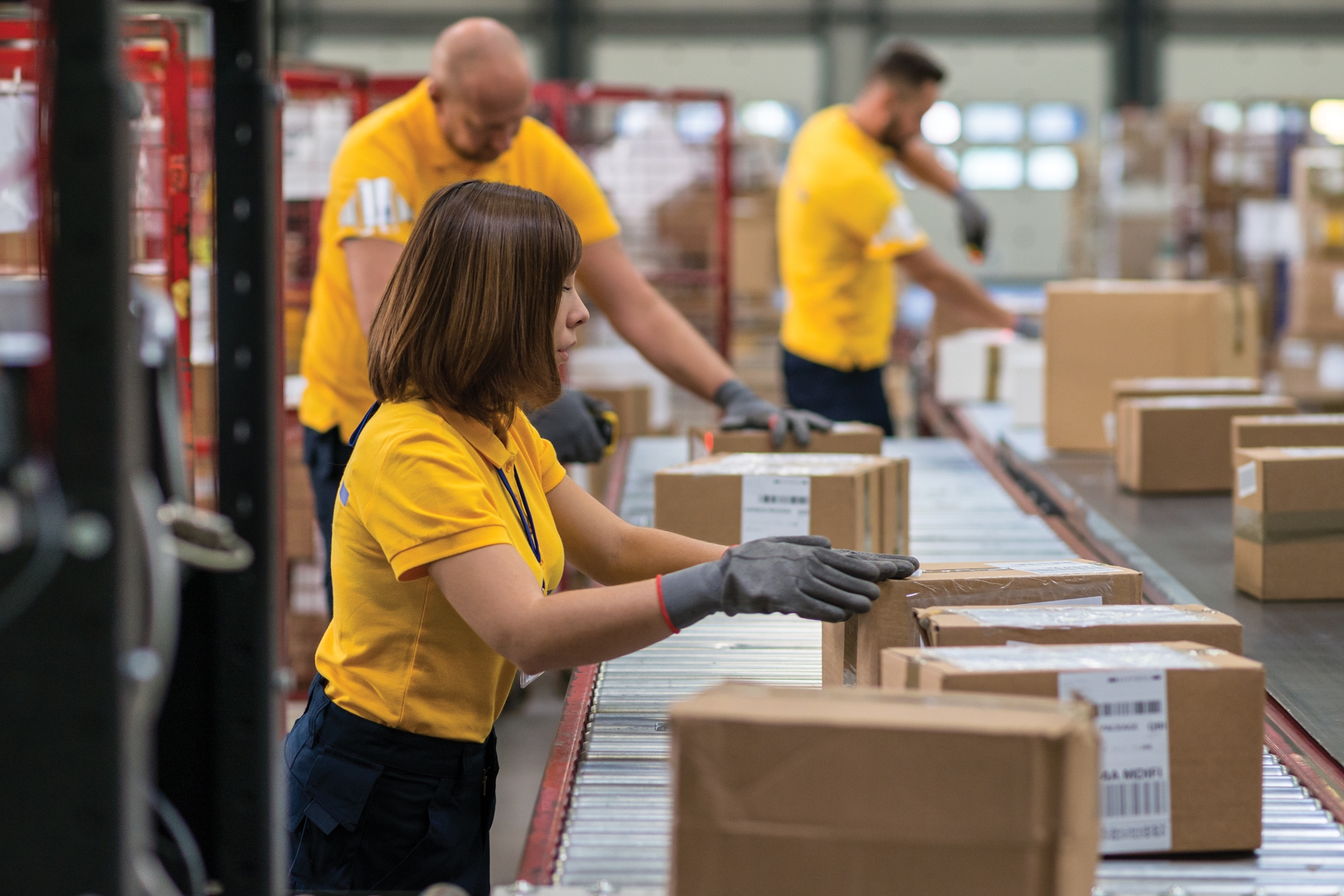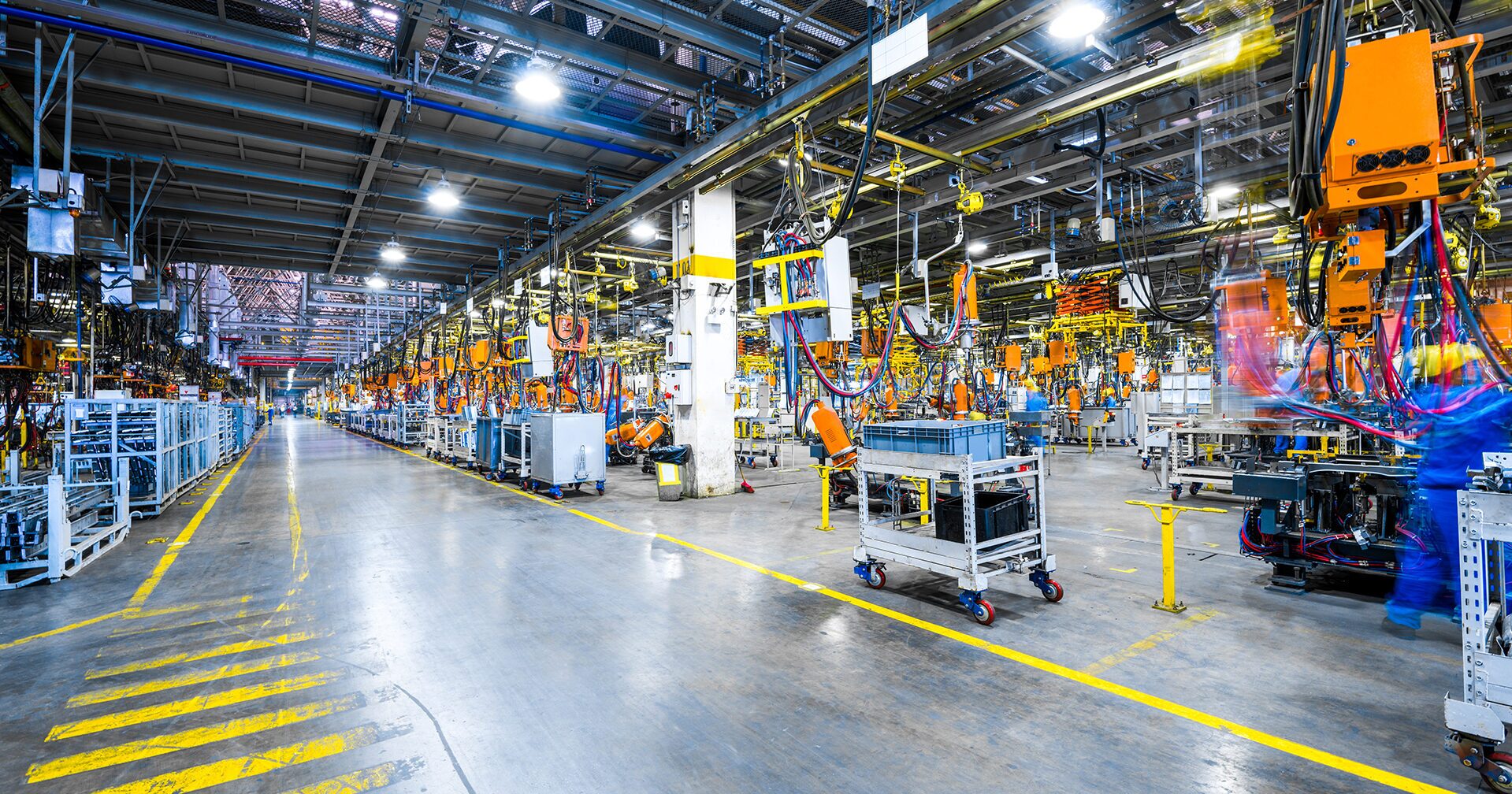In the co-packing and contract manufacturing industries, efficiency and cost-effectiveness are paramount. One critical metric that plays a significant role in evaluating these aspects is scrap rate. Defining scrap rate, its implications, and how to manage it effectively can lead to substantial improvements in production efficiency and overall profitability.
Understanding Scrap Rate Fundamentals
Definition and Importance of Scrap Rate
A production operation’s scrap rate refers to the percentage of materials or products that are discarded during the manufacturing process due to defects, errors, or inefficiencies. It serves as a key performance indicator (KPI) that helps manufacturers assess the effectiveness of their production processes. A high scrap rate not only indicates wasted resources but also highlights potential issues in quality control, process management, and operational efficiency.
Understanding scrap rate is essential for manufacturers as it directly impacts profitability. Every unit of scrap represents a loss of material, labor, and overhead costs. By keeping the scrap rate low, co-packing and contract manufacturing companies can enhance their bottom line, improve resource utilization, and maintain a competitive edge in the market. Furthermore, a lower scrap rate often correlates with higher customer satisfaction, as it typically reflects a commitment to quality and reliability in the products being offered. This can lead to increased customer loyalty and a stronger brand reputation, which are invaluable assets in today’s competitive landscape.
How Scrap Rate is Calculated and Measured
Calculating scrap rate is relatively straightforward. It is typically expressed as a percentage and can be determined using the following formula:
Scrap Rate (%) = (Total Scrap / Total Production) x 100
Here, total scrap refers to the quantity of defective products or materials that have been discarded, while total production includes all items produced during a specific period. For example, if a manufacturer produces 1,000 units and 50 of those are deemed scrap, the scrap rate would be 5%.
Measuring scrap rate consistently over time allows manufacturers to track performance trends, identify problem areas, and implement corrective actions. Regular monitoring is crucial for maintaining quality standards and ensuring continuous improvement in manufacturing processes. Additionally, advanced data analytics and real-time monitoring technologies are increasingly being utilized to gain deeper insights into scrap generation. By analyzing the root causes of scrap, manufacturers can make informed decisions about process adjustments, equipment upgrades, and employee training, ultimately leading to a more streamlined production process and reduced waste.
Moreover, understanding the scrap rate can also facilitate better communication within teams and departments. When all stakeholders are aware of the scrap rate and its implications, they can collaborate more effectively to devise strategies aimed at minimizing waste. This collective approach not only fosters a culture of accountability but also encourages innovation, as team members are motivated to propose new ideas and solutions that could further reduce scrap and enhance overall efficiency.
Causes and Impact of High Scrap Rates
Common Causes of Manufacturing Scrap
Several factors can contribute to a high scrap rate in manufacturing. Understanding these causes is vital for effective management and reduction strategies. Some common causes include:
- Material Defects: Poor-quality raw materials can lead to defects during production, resulting in higher scrap rates.
- Process Inefficiencies: Inefficient manufacturing processes, such as outdated machinery or poorly designed workflows, can increase the likelihood of errors and defects.
- Operator Errors: Human mistakes, whether due to lack of training or oversight, can contribute significantly to scrap rates.
- Inadequate Quality Control: Insufficient quality checks during production can allow defective products to pass through, ultimately leading to increased scrap.
By identifying these common causes, manufacturers can take targeted actions to mitigate scrap rates and enhance overall production quality. Furthermore, implementing advanced technologies such as automation and real-time monitoring systems can significantly reduce human error and improve process efficiencies. For instance, utilizing machine learning algorithms can help predict potential defects based on historical data, allowing manufacturers to proactively address issues before they escalate. Additionally, fostering a culture of continuous improvement among employees can empower them to identify and report inefficiencies, leading to a more engaged workforce and reduced scrap rates.
Financial and Operational Consequences
The implications of high scrap rates extend beyond immediate financial losses. They can have far-reaching effects on a company’s operations and reputation. Financially, high scrap rates lead to increased costs associated with raw materials, labor, and waste disposal. Additionally, the need to rework or replace defective products can strain resources and lead to delays in production schedules.
Operationally, a high scrap rate can signal deeper issues within the manufacturing process. It may indicate a lack of proper training for employees, insufficient maintenance of equipment, or ineffective quality control measures. Over time, these issues can erode customer trust and damage a company’s reputation in the marketplace. Moreover, the environmental impact of high scrap rates cannot be overlooked. Increased waste not only contributes to landfill overflow but also raises concerns about sustainability and corporate responsibility. As consumers become more environmentally conscious, businesses are increasingly held accountable for their waste management practices, making it imperative for contract packagers and contract manufacturers to adopt strategies that minimize scrap and enhance sustainability.
Strategies to Reduce Scrap Rate
Process Optimization and Quality Control Methods
To effectively reduce scrap rates, contract manufacturers and co-packers must focus on process optimization and robust quality control methods. Implementing lean manufacturing principles can help streamline operations, minimize waste, and enhance productivity. Techniques such as value stream mapping can identify inefficiencies and areas for improvement within the production process. By analyzing each step in the production line, companies can pinpoint bottlenecks and redundancies that contribute to scrap, allowing for targeted interventions that enhance overall efficiency.
Quality control is another critical component in reducing scrap rates. Establishing a comprehensive quality management system that includes regular inspections, testing, and feedback loops can help catch defects early in the production process. By addressing issues before they escalate, manufacturers can significantly reduce the amount of scrap generated. Additionally, employing statistical process control (SPC) techniques can provide real-time data on production quality, enabling teams to make informed decisions swiftly and adjust processes as needed to maintain high standards.
Technology and Training Solutions for Scrap Reduction
Investing in technology can also play a vital role in scrap reduction. Advanced manufacturing technologies, such as automation, artificial intelligence and cloud-based, purpose-built co-pack software, can enhance precision and minimize human error. For instance, automated inspection systems can quickly identify defects, allowing for immediate corrective actions. Furthermore, the integration of Internet of Things (IoT) devices can facilitate continuous monitoring of machinery and processes, providing valuable insights that can lead to proactive maintenance and reduced downtime, which ultimately contributes to lower scrap rates.
Moreover, training employees is essential to ensure that they are equipped with the necessary skills and knowledge to operate machinery effectively and adhere to quality standards. Regular training sessions and workshops can foster a culture of quality and accountability among workers, ultimately leading to lower scrap rates. Beyond initial training, ongoing education about the latest technologies and methodologies in manufacturing can empower employees to contribute to process improvements actively. Encouraging team collaboration and open communication can also lead to innovative solutions and a shared commitment to reducing waste across all levels of the organization.
In addition to these strategies, fostering a mindset of continuous improvement can be beneficial. By regularly reviewing performance metrics and encouraging feedback from employees, manufacturers and co-packers can create an environment where everyone is invested in the goal of reducing scrap. This proactive approach not only enhances operational efficiency but also promotes a culture of excellence that can lead to long-term sustainability and growth in the competitive manufacturing landscape.
Optimize Your Production Efficiency With Nulogy
Minimizing scrap rate is just the beginning of optimizing your contract manufacturing and packaging operations. With Nulogy’s specialized co-pack software, you can elevate your production operations, enhance efficiency, and achieve unparalleled accuracy in your processes. Embrace the power of a system built to propel your business forward. Contact us today to learn how Nulogy can revolutionize your plant operations and contribute to your company’s success.








